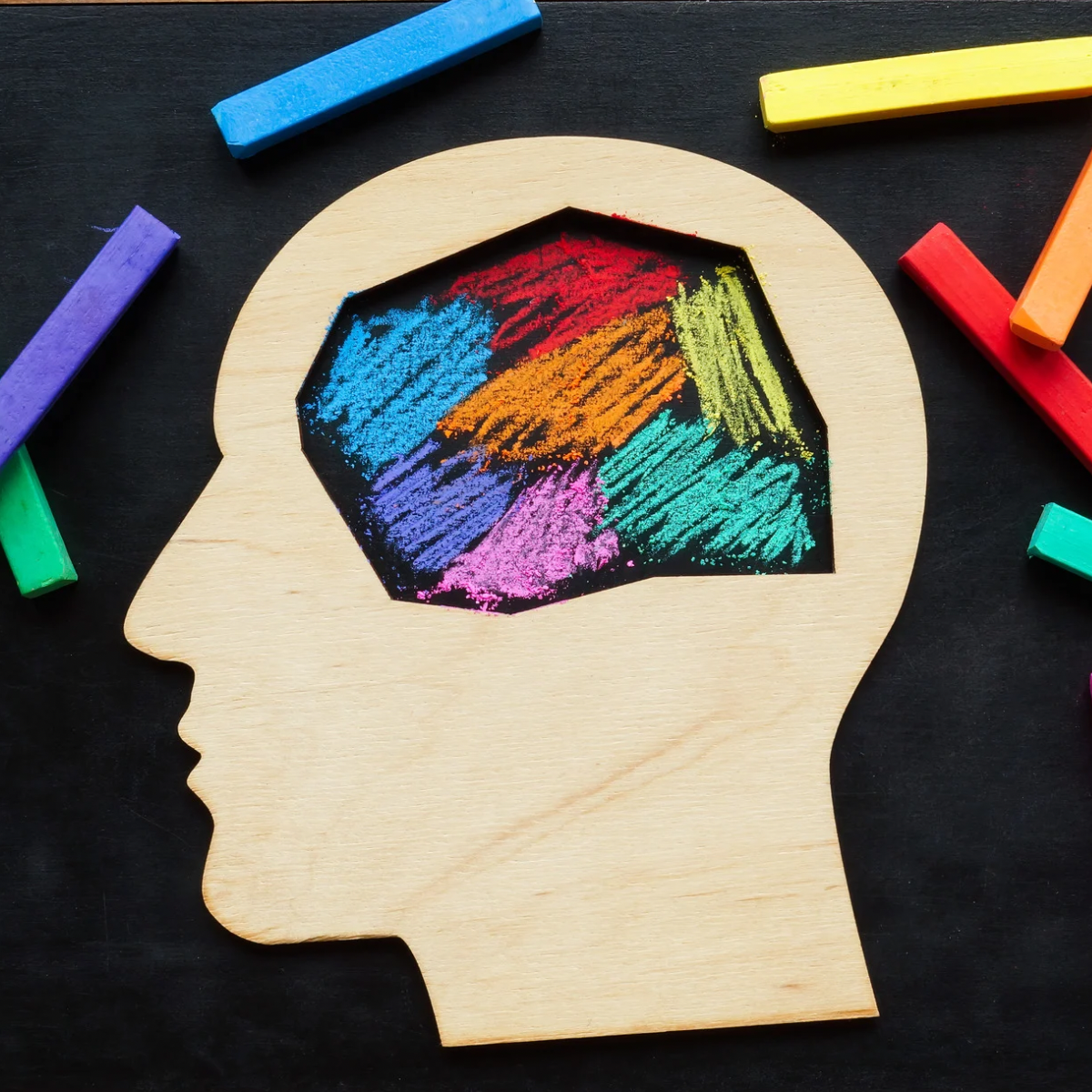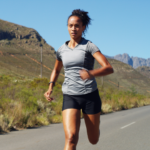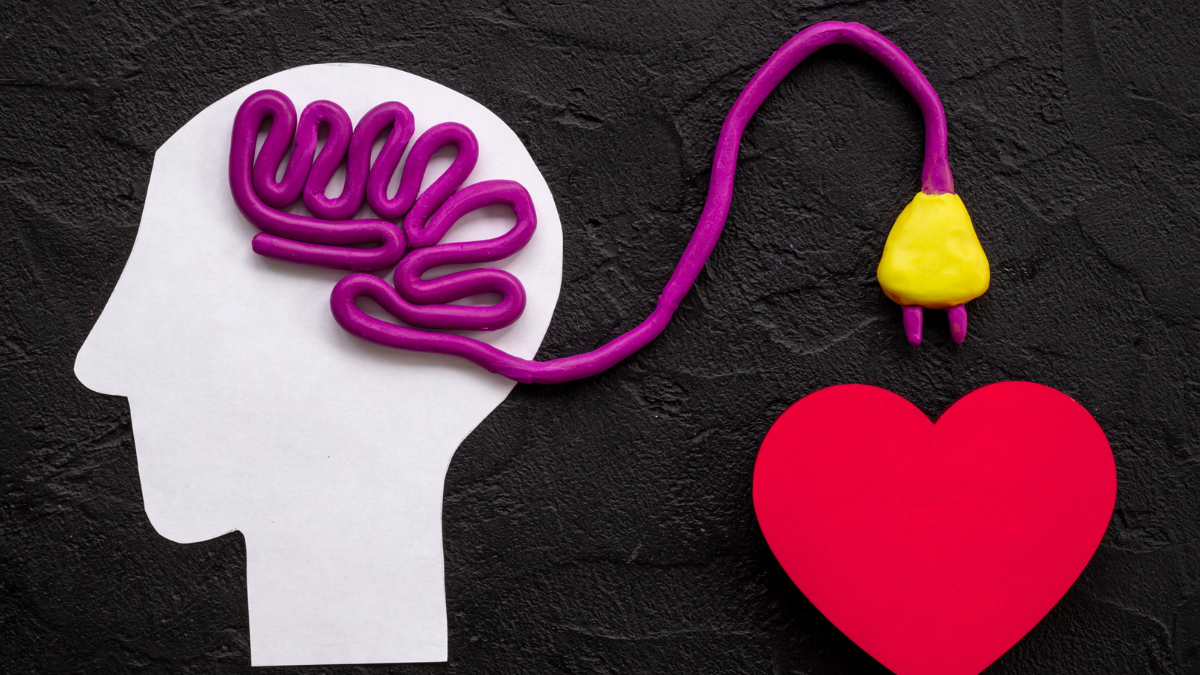
How much support are Neurodiverse lawyers provided in the legal industry?
May 14, 2024
Mental Health Stigma in the Legal Profession
May 15, 2024By Illka José.
Reading time: four minutes
Mental Health Awareness Week 2024
In honour of Mental Health Awareness week, I had the opportunity to attend an innovative webinar on Mental Health that has left a lasting impact on me. Hosted by Clair Jacques and Satpal Kaur-Thompson who are renowned experts in the field, the webinar aimed to shed light on various aspects of mental wellbeing and provide valuable insights on what happens to our brain when we exercise.
Moving with awareness webinar
During the webinar, a range of crucial topics were explored, offering a holistic view of mind and body connection. The speakers delved into the importance of connecting your body to your mind. They also discussed the importance of regular exercise, as it has been shown to lower the risk of heart disease, because it reduces the stress signal in the brain.
Mind-to-body connection
There is a lot of research that shows the mind-to-body connection, and how the Autonomic Nervous System (ANS) (which is part of the Peripheral Nervous System), mediates the stress response. Which is why it is important to have an interest in having a good relationship with our bodies, as well as our minds, if we genuinely want to look after ourselves.
The ANS is made up of the Sympathetic Nervous System Branch and the Parasympathetic Nervous System (PNS) Branch. So, the Sympathetic Nervous System activates a higher energy state in us and mobilises us to action (quick breath) which triggers our fight or flight response. It is responsible for gearing us up for action, to aid survival.
The PNS on the hand, is responsible for our relaxed and calming state. It activates a low energy state (low heart rate), which is the state we are in when we are resting or sleeping. Our bodies tend to want to stay still when we are in this state, to conserve energy.
A highlight worth noting is the role of the ANS in the brain.
- Firstly, the Amygdala, which is a part of the brain, and it is the region of the brain most strongly connected to motivation, fear, and emotions, and this is where the stress response begins. It tends to keep our attention focused on the threat.
- Secondly, the Prefrontal Cortex, also a part of the brain, is responsible for planning, logic, decision-making and is crucially needed to assess situations.
- And lastly, the Hippocampus stores learning and memory (short term and long term).
The window of tolerance
The window of Tolerance (when the ANS is transitioning between both branches Sympathetic and Parasympathetic), describes the optimal emotional arousal zone, in which we can operate at our personal best throughout the day. This is when we are in between hyperarousal (fight or flight) and hypo arousal (exhaustion and fatigue). Sometimes, we find ourselves bouncing from one extreme to another, finding it hard to stop somewhere in the middle.
When in the optimal zone, we are calm, but alert and we can be engaged in what we are doing, and we can deal with whatever without becoming overwhelmed. But this can vary from individual to individual, as some people have a narrow, and others a wider window of tolerance, depending on life experiences and levels of resilience. The real key to this tool is to use it to develop self-awareness about where we tend to operate from, and when might we need to adapt our responses accordingly. It is no surprise that movement and awareness of movement is one of the ways that we can bring ourselves back to our window of tolerance.
Antonio Damasio and other neuroscientists have shown from birth that movement and the way we move stimulate brain growth and promote brain health. There are three feedback systems that come together in awareness to form our sense of ourselves, and the way we respond to our environment.
- The first system is Exteroception, which is the sense of what is happening around us, the sounds, and visuals we take in from our surroundings.
- The second system is Proprioception, which is the sense of our bodies in relation to the space around us.
- And thirdly, Interoception, which is our brain’s perception of our body’sstate. This is transmitted from receptors in our internal organs registering changes in temperature and pain and helps us recognise when we are feeling emotions.
Three tips
- Firstly, finding an existing relationship with movement and our bodies and what works for us, be it yoga or dancing.
- Secondly, creating new habits that work for us can be quite helpful in creating that mind to body connection.
- And lastly, we can start new habits with small steps like changing our posture throughout the day, stretching, and lengthening our spines.
It is important to note that this is not a one size fits all, rather it is all about getting behind a strategy that works for each of us andstarting small.
Read this article to find out more wellbeing tips: https://thestudentlawyer.com/2024/05/03/the-student-lawyer-wellbeing-tips/
Finally
Overall, attending Lawcare’s transformative webinar on the importance of exercise and movement was eye-opening. The key takeaway from this is that our posture and movement does reflect our state of mind, and how we react to certain situations that we may come across. It reminded us of the importance of prioritising mental wellbeing and provided valuable insights into navigating the complexities of our modern lives.





